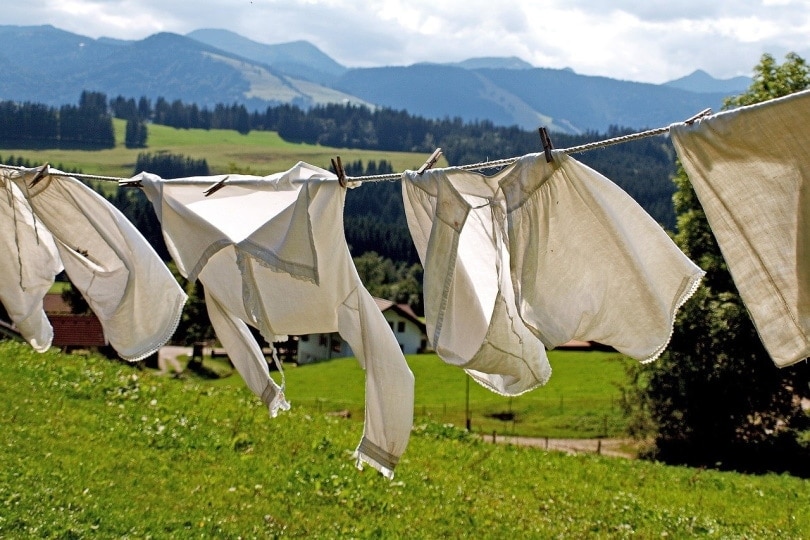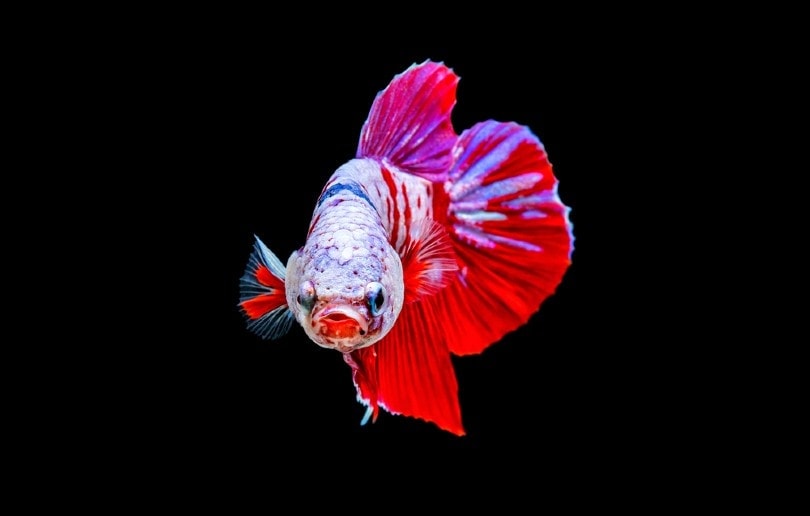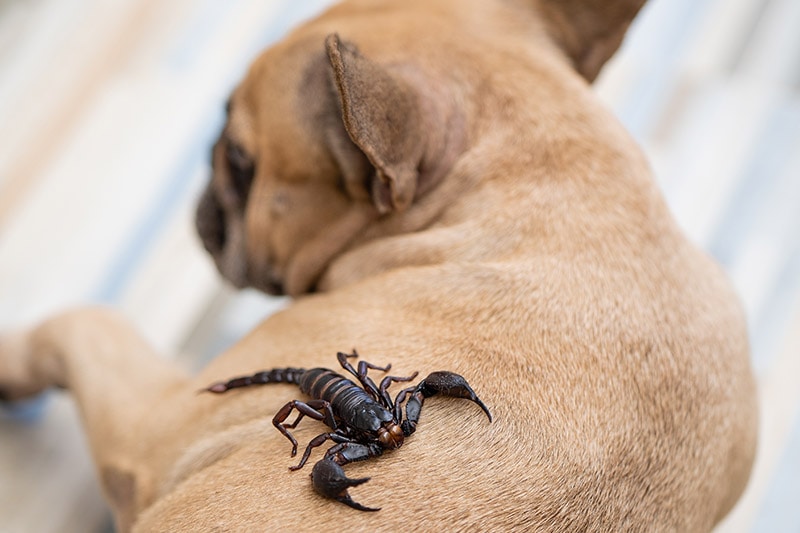Do Bengal Cats Purr? The Surprising Answer
Updated on
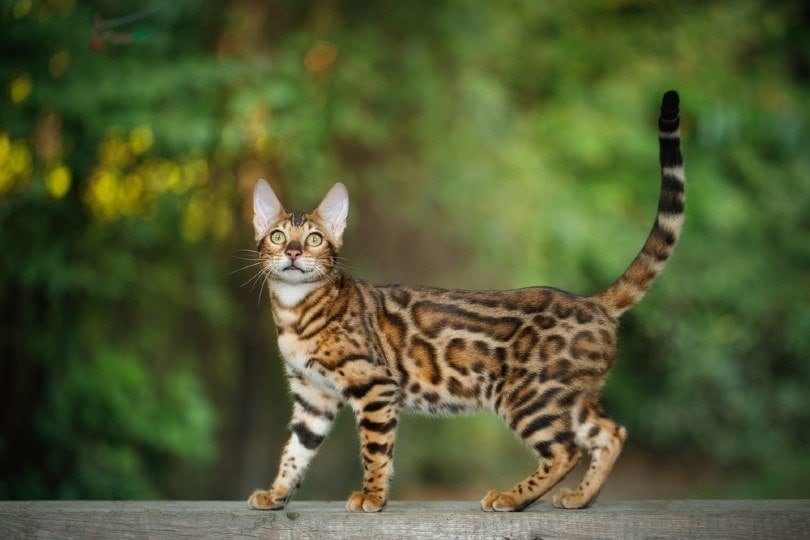
If you’ve owned a cat at some point in your life, you know how vocal they can sometimes be. If you’ve ever owned a Bengal, you will probably agree they’re much more vocal than other cats you’ve owned. Bengals have a distinct voice and aren’t afraid to use it. They can be pretty noisy and expressive and are one of the most talkative cat breeds.
Since they’re so communicative, you may wonder if purring is one of the sounds this vocal breed uses to speak to its humans. Bengals use their purrs to communicate different emotions to their owners. Keep reading to learn more about the Bengal purr, why they do it, and find out more about the kinds of sounds you can expect from this breed.
Do Bengals Purr?
Bengals, like most other cat breeds, do purr. They love to communicate with their humans, and purring is one of their favorite ways to ensure they’re heard.
Like there are different pitches of meows, there are various purr types. Some include little trills or chirps, and others have a grumbling sound weaved throughout the purr.
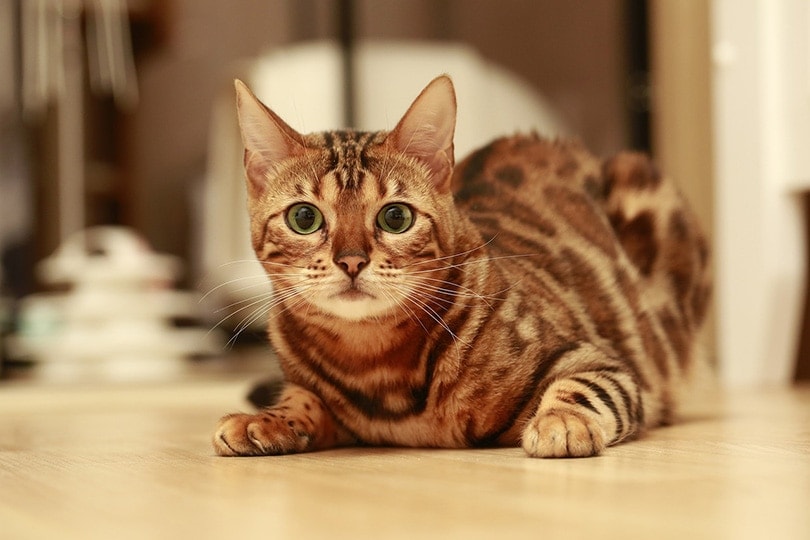
Why Do Bengals Purr?
Most cat owners equate purring with a sound of happiness and contentment, but scientists aren’t entirely sure that’s the actual reason behind it.
Cats start purring a few days after birth. They cannot see or hear for the first two weeks of life, so they use their purrs to communicate with their mother and get her attention when hungry. Your Bengal carries this natural behavior into its adult years and may begin to purr incessantly when it knows feeding time is on the horizon.
A study found that cats can hide a plaintive cry within their purrs that appeals to humans’ natural nurturing instincts. You may hear this purring when your cat is begging for food as your cat may be exploiting the innate tendency we have to respond to cry-like sounds that mimic those we’d hear while nurturing our offspring.
Purring is generally thought to be equal part voluntary and instinctive. Cats purr for many reasons, including communicating and self-soothing. A 2001 study even suggests that household cats and bigger species like cheetahs can purr at frequencies that promote pain relief and bone repair.
Your Bengal may also begin purring when feeling any intense emotion. You might notice it purring when it’s feeling anxious, in which case you’d see other anxiety symptoms, including decreased appetite, restlessness, and hiding. Your kitty may be purring while you’re sitting together on the sofa watching television, which is likely a display of contentment.

What Other Sounds Do Bengals Make?
Bengals are one of the most vocal cat domestic cat breeds. They aren’t shy or afraid to tell you exactly how they feel. You may notice your kitty making the following sounds:
- Meowing
- Chirping
- Twittering
- Yowling
It’s easier to pick up on your cat’s feelings if they’re not always making noise. Your usually quiet cat may start chirping to let you know it wants to catch the bird flying by your window or yowling to signify it’s in pain. But with Bengals, it can be a bit more challenging to peg down what they’re trying to tell you since they’re so vocal.
You will need to use your detective skills to determine what your Bengal is trying to tell you. What other body language cues are they exhibiting? What were they doing when they started making the sound? Answering these questions can help you determine the reasoning behind the sounds they’re making.
Final Thoughts
Bengals aren’t afraid to tell you exactly what they’re feeling, and purring is just one of the many ways they can convey their emotions to humans. If you’re new to Bengal ownership, you’ll probably be surprised at how vocal the breed can be, but it won’t be long before you can discern between happy purrs and the feed-me-now variety.
See also:
Featured Image Credit: Seregraff, Shutterstock




